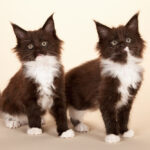Domestic Longhair cats, often affectionately known as Dlh Cats, are a captivating feline variety recognized for their luxurious long coats and diverse appearances. Unlike pedigreed breeds, the DLH cat isn’t defined by a specific breed standard but rather by their defining characteristic: naturally long hair. These beautiful cats are a testament to the wonders of genetic diversity, arising from generations of mixed breed pairings. If you’re enchanted by flowing fur and a touch of mystery in your feline companion, the DLH cat might be the perfect fit for your home.
 domestic longhair tabby cat resting on a blue and white blanket
domestic longhair tabby cat resting on a blue and white blanket
The Enigmatic Origins of the DLH Cat
To understand the DLH cat, we must delve into their genetic makeup. The long hair trait in cats is governed by a recessive gene. This means that for a kitten to inherit long hair, it must receive the gene from both parents. When a shorthaired cat carries the recessive longhair gene mates with a longhaired cat, or another shorthaired cat carrying the gene, longhaired kittens can emerge. This genetic lottery has resulted in the delightful array of DLH cats we see today.
A Tale of Natural Selection and Adaptation
While the precise origins of the DLH cat remain speculative, a prominent theory suggests that the long hair gene offered a survival advantage in colder climates. Regions like Russia, Iran, and Turkey, with their harsh winters, may have favored cats with thicker, insulating coats. This natural selection process could have contributed to the prevalence of longhaired cats in these areas.
Consider the Pallas cat, a wild feline native to Central Asia. This fascinating creature boasts a long, dense coat, perfectly adapted to its frigid environment. Although once mistakenly thought to be an ancestor of the DLH cat, the Pallas cat serves as a compelling example of how long hair can evolve as a response to environmental pressures.
From Plague Fighters to Shipboard Companions: The DLH Cat’s Journey
While deliberate breeding programs eventually led to established longhaired breeds like Persians and Russian Blues, the resilient DLH cat continued its natural evolution. Historical records indicate their presence in Europe as early as the 16th century, with Italy being one of the first documented locations. It’s believed that soldiers returning from the Crusades may have brought longhaired cats to Europe, inadvertently contributing to their spread.
Interestingly, DLH cats played a vital role during the devastating plague outbreaks in Europe during the mid-1600s. Their exceptional mousing abilities made them invaluable in controlling rat populations, which were carriers of disease-spreading fleas. This practical contribution helped to restore the cat’s standing with humans, reversing a period of religious disapproval.
Later, DLH cats embarked on voyages to America as ship’s cats, diligently controlling rodents on board. Some of these seafaring felines may have contributed to the development of the beloved Maine Coon breed. Others continued to contribute to the diverse gene pool, resulting in the diverse and wonderful DLH cat populations found across the Americas today.
Humphrey: A DLH Cat of Political Stature
Among the many remarkable DLH cats, Humphrey stands out as a truly unique figure. This black and white cat began his life as a stray on the streets of London before finding himself at the doorstep of 10 Downing Street, the official residence of the British Prime Minister.
Humphrey’s charm must have been undeniable, as he was quickly adopted and appointed “Mouser to the Cabinet Office.” This prestigious title came with a government-funded food allowance, and Humphrey diligently performed his duties, reportedly excelling at his mousing role.
Serving under three Prime Ministers, Humphrey became a beloved figure in British public life. After a distinguished career in politics, Humphrey retired to a peaceful countryside home, living to the impressive age of 18, a testament to the robust nature often found in DLH cats.
Defining DLH Cat Traits: A Symphony of Variety
The hallmark of the DLH cat is, of course, their magnificent long fur. Beyond this shared trait, their mixed ancestry results in a breathtaking spectrum of colors, patterns, body types, and personalities. The beauty of the DLH cat lies in this very unpredictability; each cat is a unique masterpiece of feline genetics.
A Coat of Many Colors and Textures
The DLH cat’s coat typically ranges from two to six inches in length and can exhibit varying textures, from silky to slightly coarser. Many DLH cats sport impressive neck ruffs, adding to their regal appearance. Ear tufts and paw tufts are also common, remnants of their potential ancestors who adapted to colder climates, where paw tufts could have acted as natural snowshoes or provided stability on sandy terrain in desert environments.
The color palette of the DLH cat is virtually limitless. They can be found in every feline color and pattern imaginable, often combined with a stunning array of eye colors. This incredible diversity means there’s a DLH cat to capture every cat lover’s heart.
Some of the coat colors and patterns frequently seen in DLH cats include:
- Smoke
- Tabby (classic, mackerel, ticked)
- Patched Tabby (torbie)
- Tuxedo
- Calico
- Solid Black
- Fawn
- Patched Fawn (fawn torbie)
This incredible variation in appearance is a key part of the DLH cat’s appeal. You are truly getting a one-of-a-kind feline when you welcome a DLH cat into your life.
The “Regular” Feline Physique
Body size and shape in DLH cats are incredibly varied, influenced by the diverse breeds present in their ancestry. You might encounter DLH cats with elongated or rounded faces, and their bodies can range from muscular and sturdy to lean and elegant.
However, in general terms, DLH cats tend to fall into the medium size range for domestic cats. The average DLH cat weight is between 8 and 15 pounds, depending on factors like sex and individual build. Their body length typically averages around 18 inches, with a tail length of approximately 12 inches.
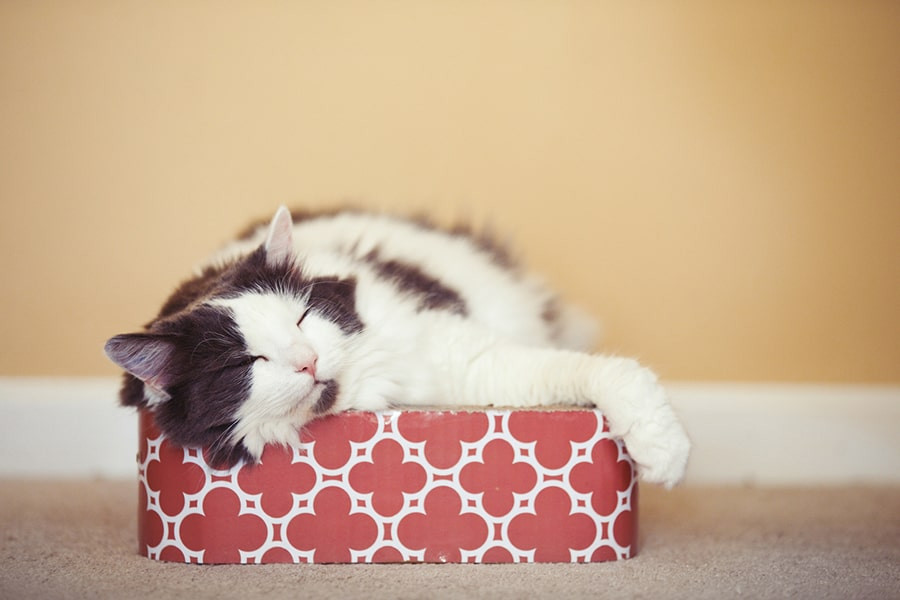 gray and white domestic longhair cat sleeping on a red and white scratcher bed box
gray and white domestic longhair cat sleeping on a red and white scratcher bed box
DLH Cat Personality: Balanced and Engaging
One of the most endearing qualities of DLH cats is their balanced temperament. They are generally known for being neither overly demanding nor excessively aloof. While individual personalities vary, DLH cats tend to be adaptable and affectionate companions. Some may be more vocal, while others are quieter observers, mirroring the delightful diversity of human personalities.
A consistent personality trait among DLH cats is their innate hunting drive. This instinct is deeply ingrained in domestic cats and has been a key factor in their long relationship with humans. DLH cats, particularly when young, typically enjoy engaging in play that mimics hunting behaviors, such as stalking and pouncing on interactive toys. Providing ample playtime is essential for their physical and mental well-being.
Essential DLH Cat Care: Grooming is Key
The most significant aspect of caring for a DLH cat is managing their luxurious coat. While some longhaired breeds, like the Maine Coon, are relatively adept at self-grooming, many DLH cats require regular assistance to prevent mats and hairballs. Their thick coats can be prone to tangling if not properly maintained.
Expect to dedicate time each week to grooming your DLH cat. Daily brushing is often beneficial to keep their fur in top condition and minimize shedding. If mats do develop, it’s advisable to seek the help of a professional feline groomer rather than attempting to cut them out yourself, which could risk injuring your cat.
Bathing a DLH cat is not typically required unless they get into something messy. However, if a bath becomes necessary, be sure to research proper cat bathing techniques to ensure a safe and stress-free experience for both you and your feline friend.
Like all cats, DLH cats require routine veterinary care. A check-up shortly after adoption is essential, followed by annual wellness exams. Your veterinarian can provide guidance on nutrition, vaccinations, parasite prevention, and address any health concerns. Remember that preventative care is crucial for maintaining your DLH cat’s long-term health and happiness. Keeping your DLH cat indoors is also highly recommended by organizations like the ASPCA. This protects them from outdoor dangers like traffic, diseases, and fights with other animals, and also helps to protect local wildlife from their natural hunting instincts.
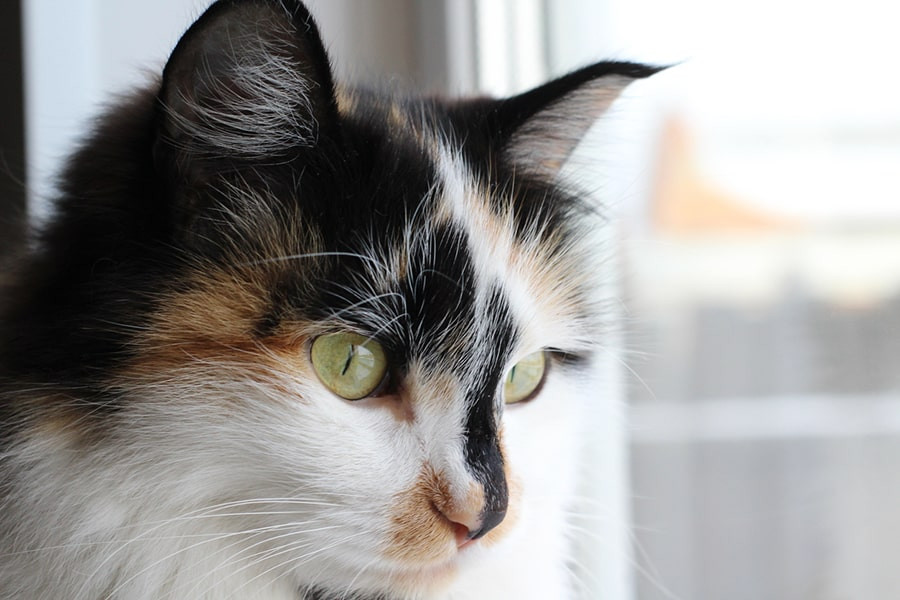 calico domestic longhair cat with green eyes looking out a window
calico domestic longhair cat with green eyes looking out a window
DLH Cat Health Considerations: Generally Robust
Thanks to their diverse genetic background, DLH cats are not predisposed to specific hereditary health conditions. However, like all cats, they can be susceptible to common feline ailments.
According to internal claims data, some of the more frequently reported health issues for DLH cats include:
- Vomiting
- Upset stomach (gastrointestinal issues)
- Hyperthyroidism
- Kidney disease
- Reduced appetite
Regular veterinary check-ups are vital for early detection and management of any potential health problems. Annual exams, or more frequent visits if needed, can help ensure your DLH cat remains healthy and enjoys a long and fulfilling life. Cats are masters at concealing illness, so even if your DLH cat appears healthy, routine veterinary examinations are essential.
Adopting Your DLH Cat Companion
Domestic Longhair cats are abundant, with estimates suggesting they comprise approximately 10% of the domestic cat population in the United States. This means that shelters and rescues are often home to many wonderful DLH cats awaiting their forever homes.
The incredible variety within the DLH cat population ensures that you can find a feline companion whose appearance and personality perfectly match your preferences. Once you find your DLH cat soulmate, spaying or neutering is highly recommended. This procedure offers numerous health and behavioral benefits and helps to control pet overpopulation.
To find a DLH cat for adoption in your area, visit the ASPCA’s website or Petfinder to search local shelters and rescue organizations. Adopting a DLH cat is a rewarding experience, bringing a unique and loving feline into your life while giving a deserving animal a second chance.
* Internal Claims Data, 2020. This information is for educational purposes only and should not be considered veterinary advice. Always consult with your veterinarian for any health concerns.
RELATED ARTICLES
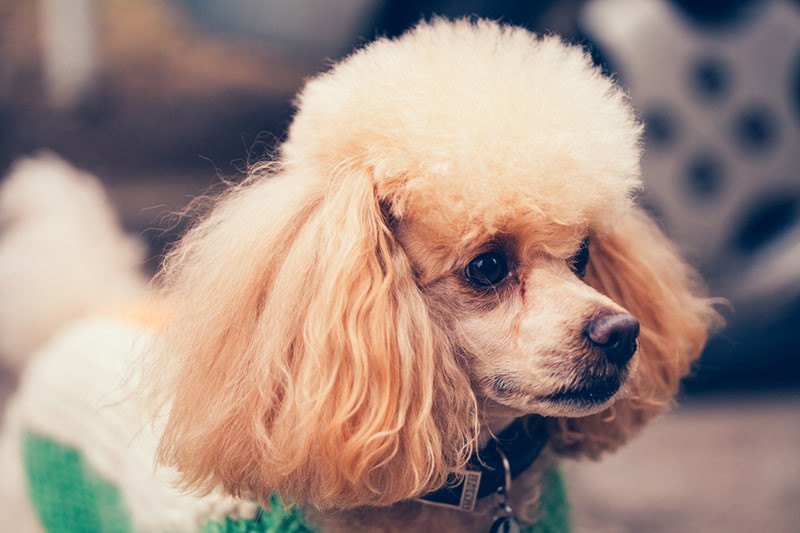 apricot toy poodle with a green sweater
apricot toy poodle with a green sweater
All About Toy Poodles
The elegant Toy Poodle is full of hidden talents and they may surprise you with just how intelligent they really are.
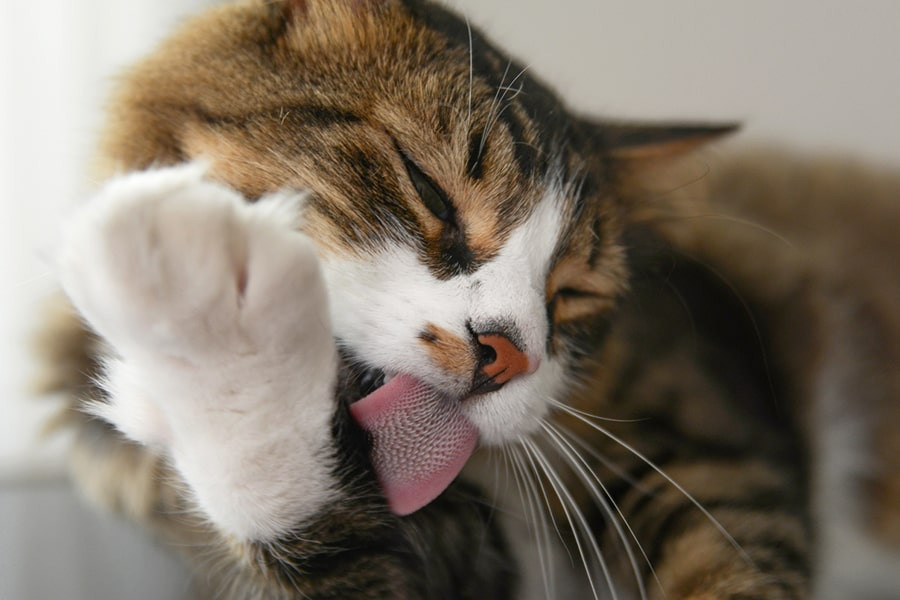 brown and white tabby cat licking his paw
brown and white tabby cat licking his paw
Why Does My Cat Lick Everything?
Cats lick to groom themselves but they also lick odd things like blankets and plastic.
 pink bambino cat with bright blue eyes resting on a gray sofa
pink bambino cat with bright blue eyes resting on a gray sofa
Bambino Cat Facts
From their health and care to their personality and temperament, learn all you need to know about the Bambino cat breed.

